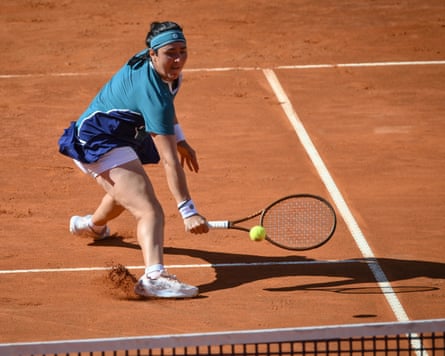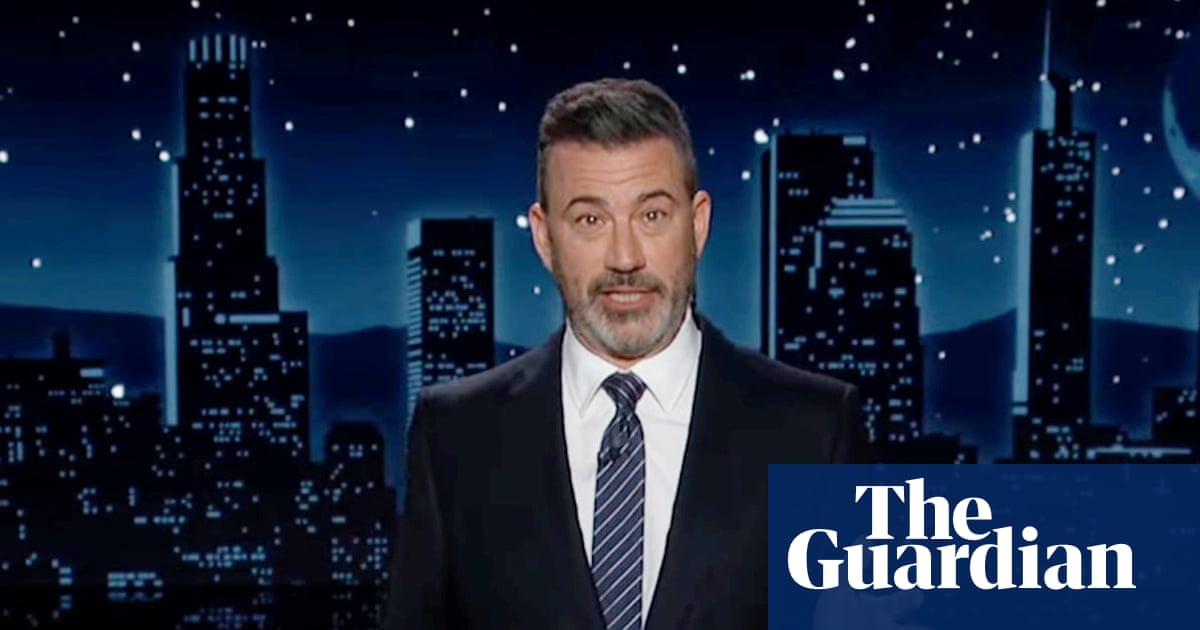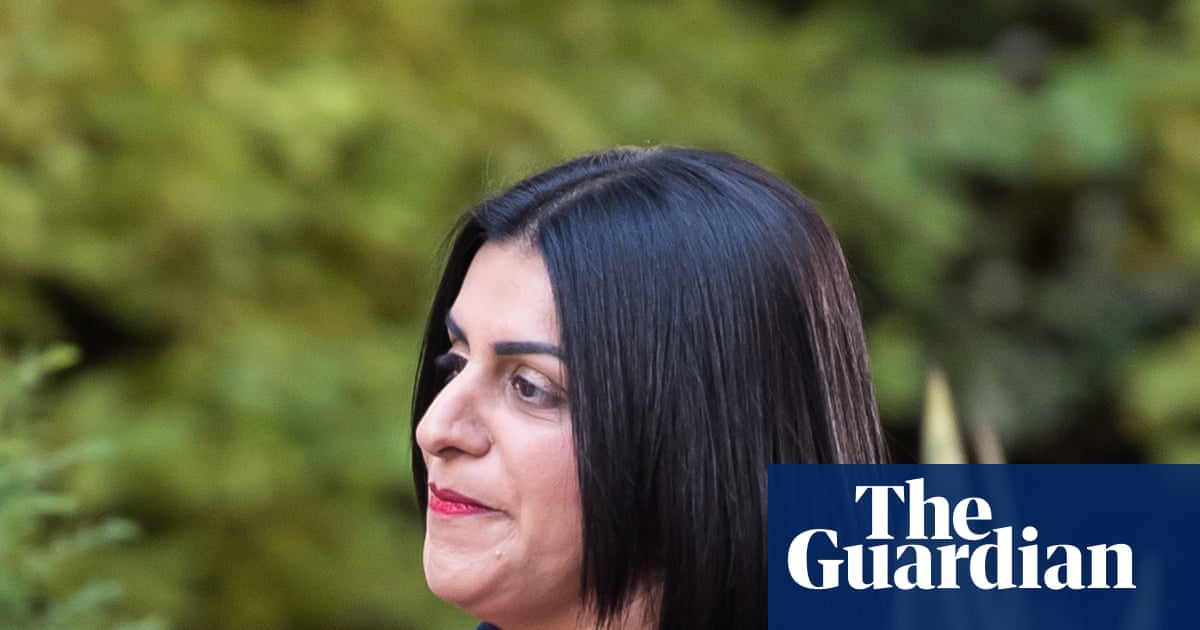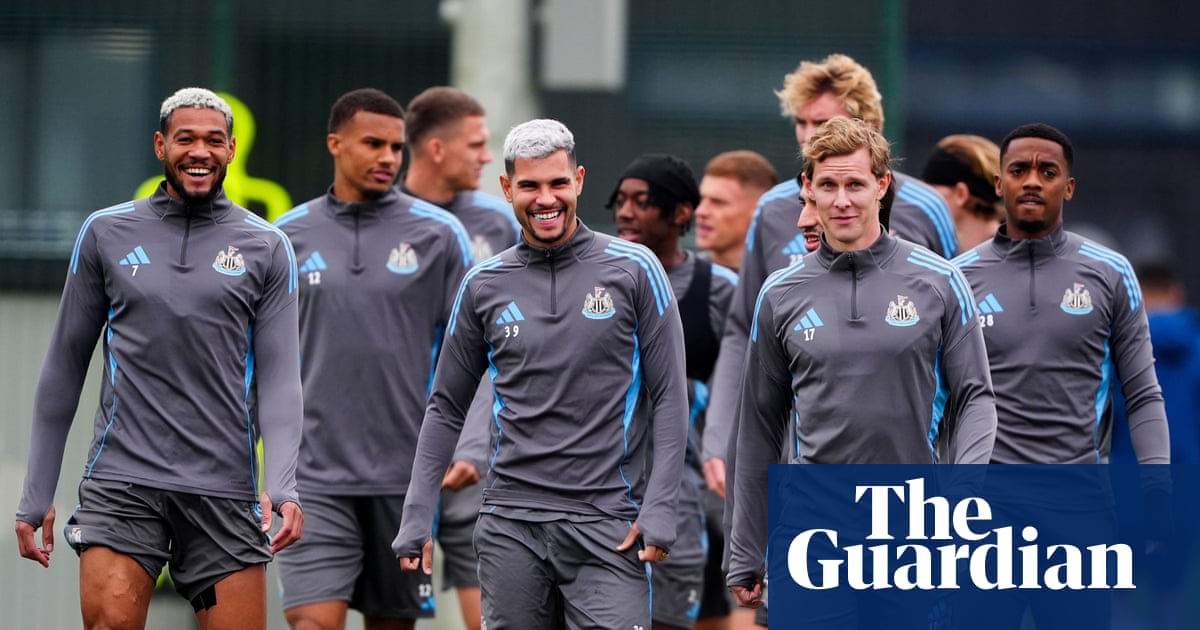A little more than two years ago, Daniil Medvedev was working his way through the early rounds of the Miami Open when he noticed a distinct shift in his opponents’ tactics. A few days earlier, he had been convincingly beaten in the Indian Wells final by Carlos Alcaraz, who dismantled him with a relentless stream of drop shots. Suddenly, everyone was hitting drop shots against him.
“A lot of guys maybe saw the final, so they started to do only drop shots against me,” says Medvedev, smiling widely. “It’s not the same. It’s like: ‘OK, continue doing it. I’m there.’ Against [Alcaraz], I’m not there.”
Medvedev had the last laugh that week as he won the title in Miami, but his observations were reflective of a wider shift. Although the drop shot has long been a common tactic it has received greater attention in recent years as many players have come to understand how effective it can be.
There was a time when drop shots were largely considered the territory of craftier players, relied on by those whose weight of shot was insufficient. Despite the peerless variation in his game, even Roger Federer was sceptical of the drop shot early in his career, describing it as a “panic shot”. Nowadays, there is a clear consensus that the drop shot perfectly complements an increasingly powerful, athletic sport. “I’ve had so many players come to me, saying: ‘I don’t know what shot you’re going to choose,’” says Ons Jabeur. “That’s the beauty of it.”
The emergence of Alcaraz has strengthened that view. Almost every conversation with top players on this subject ends with a reference to the Spaniard. Asked about how best to use the drop shot, Mirra Andreeva, whose game is built around her intelligence and feel, simply shrugs. “You watch Carlos Alcaraz play on TV and you try to do the same.”
Although Alcaraz is one of the most destructive ball strikers around, he also possesses deft hands and feel. The moment his opponents step back to give themselves more time, he can exploit the space, and their uncertainty, with a drop shot. This is further accentuated by Alcaraz’s mastery of the forehand drop shot, which pairs perfectly with his wicked topspin forehand.
For Alcaraz, the key to an elite drop shot is the shot that precedes it. “You have to hit the shot strong, just to push him to take a few steps back,” he says. “And then just make it. I don’t know how to explain it. It’s just natural for me, good technique.”
Although the low, skidding bounce of grass courts make the drop shot effective at Wimbledon, clay remains its traditional platform. The slippery nature of the surface makes a player’s first step challenging when chasing down a drop shot. Players generally take a more defensive positioning behind the baseline on clay, a slower surface that requires patience to outmanoeuvre opponents. “It’s a lot harder to finish the point, so you have to find different ways,” says Alex de Minaur.
The athletic abilities of the top players have improved massively over the years this means more of them can chase down good drop shots and points descend into a frenzied cat-and-mouse chase that tests athleticism, hand skills and instinctive decision-making to the limit. Under those circumstances, a specific type of drop shot has come into focus: the counter-drop.
Nobody has been as adept at countering a drop shot with another drop shot or a deft angle and finding their way out of these rallies than Novak Djokovic. “That’s a decision that is made in a split-second, tens of a split of a second,” he says. “It’s really almost with a peripheral vision of understanding where it is the position of your opponent. If you see him moving forward, then in the last second, instead of doing a counter drop shot, maybe you just try to push the ball deep and close the net.

“Tennis is a sport of really fine margins and those split-second decisions are normal in a way for us and our brain has to work really fast to be able to make these decisions.”
The quality of a drop shot rests on a variety of factors. Good disguise is essential, with players shaping up to hit a regular driven groundstroke before changing their grip and dropping the ball at the last moment so that they can brush down the side and generate the backspin required to arrest the ball’s momentum once it bounces. Court positioning after the shot is also important, with players often choosing to follow the drop shot to the net to close down the angles.
Alcaraz stresses the importance of timing. “The most important thing is that you have to find the great moment to do it,” he says. “It’s much better to do a not great drop shot in a great moment than a pretty good drop shot in not a good moment. You have to find the right balance.”
after newsletter promotion
There is no consensus on how much feel is developed in the formative years of a career versus how much it can be improved in adulthood. Jack Draper immediately rolls his eyes on the subject of his drop shots, which remain a work in progress even though he regularly attempts them during matches. “My coach says ‘Let’s practise drop shots.’ I say: ‘Ah, I don’t want to. I get worse the more I practise them. I’d rather just go on instinct,’ he says.
Emma Raducanu has enjoyed learning how to incorporate them into her game during this clay season: “A good measure, something we’ve been talking about, is if I have drop shot opportunities then it means that my ball speed from the back is pretty good. Whereas before I wouldn’t have really had those opportunities because I was hitting too slow.”
Jabeur, who is renowned for her drop shots, notes that while touch can be innate, a player has to develop it. “It is maybe 60% natural, 40% learning and adjusting,” she says. “And you have to also be smart about it. I wasn’t smart about it so many times doing drop shot and my coach looking at me and doing this,” she says, mimicking her coach’s solemn head shake.
Although Medvedev has tried to incorporate drop shots into his game, particularly on clay, he is under no illusions about the additional talent it takes to consistently execute more difficult ones and his perspective on this subject was only fortified by experiencing so many players attempting to copy Alcaraz’s tactics against him: “[Lorenzo] Musetti, Alcaraz, they can drop shot from the balls that you are not supposed to,” he says. “That’s when it’s the most dangerous, because you are not expecting it, and they still manage to make a good one.
“I laugh at me or Karen [Khachanov], when we drop shot we can make some good ones, but we won’t be able to do it on a long ball with a lot of spin; our drop shot would be a lob for the other guy [to smash],” he says, laughing.
Madison Keys has long been one of the most devastating shotmakers of all time but she has had a love-hate relationship with drop shots . Recently, her husband and relatively new coach, Bjorn Fratangelo, has been encouraging her to incorporate it into her game, particularly in conjunction with her nuclear forehand. “When it works well, I think that I’m amazing at it. When I do it the wrong time and it’s a stupid decision, then I’m like: ‘This is why I never hit it,” she says, smiling.
“I’m trying to use it more. Bjorn said if I use it on the forehand side, he’ll basically get up and quit in that moment; it’s the only goal that he has left for his coaching career. So maybe I won’t do it just to keep him around.”

 3 months ago
123
3 months ago
123

















































